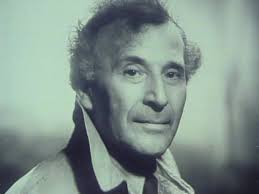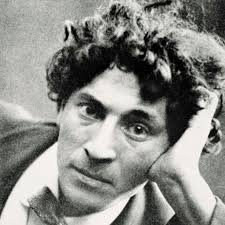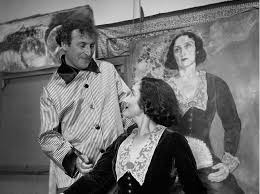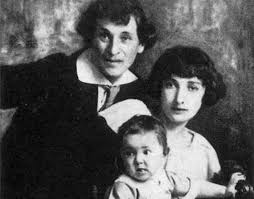
1887 - 1985
Marc Chagall

description
A Belarusian painter, graphic artist, illustrator and stage designer of Jewish origin, a master of applied and monumental art of the 20th century. Marc Chagall became one of the most internationally recognized creators. When many of his fellow peers conducted ambitious experiments, often leading to abstraction, he sacredly believed in the power of figurative art, which he supported with his work.
Despite the avant-garde ideas he perceived, he remained a romantic. Born in Belarus, Chagall worked in Russia and France, where he immediately became a prominent figure at the École de Paris, and later in the United States and the Middle East. Travels confirmed his image of the archetypal “wandering Jew”, who believed that art destroys borders and estates.
The influence of Marc Chagall is as vast as the number of styles that he assimilated in his art. Never completely agreeing with any movement, he mixed many of the visual elements of cubism, fauvism, symbolism and surrealism into his lyrically emotional aesthetics with the invariable presence of Jewish and Slavic folklore.
Chagall, like Picasso, is a vivid example of a modern artist who created many works – paintings (oil, gouache, watercolour), frescoes, etching, stained glass, ceramic products, theater decorations and costumes.
Key ideas:
– Chagall admitted that his hands were not strong enough, “I had to find some special occupation that would not make me turn away from the sky and stars, would allow me to find out the meaning of life.” It was the poetry of nature, reflected in the bold fantasies of the paintings, that made him world-famous.
– The Jewish identity of the artist was important for him throughout his life, and most of his paintings can be described as an attempt to reconcile the old Jewish traditions with the styles of modernist art. Christian themes also attracted him with their allegories.
– In his early paintings, personal and eternal themes of the family with its special way, childhood, and death dominate. Later, passionate love became the main thing, sharp deformations and fabulously surreal colour contrasts appear, which had a great influence on the development of Surrealism.
– Parisian scenes were also reflected in Chagall’s art – such paintings as “Paris Through the Window” recall the legacy of Matisse and the works of Delaunay, a friend of Chagall, but contain supernaturalness and are considered the key harbingers of Surrealism.
– In the 1920s, Chagall considered the emerging Surrealists as a kindred spirit; however, you cannot say that he borrowed it because there was always a “sleeping pill” in his stories, but he ultimately rejected the conceptual postulate of this style.
– The imagination of Chagall, as the poet and critic Apollinaire once said, is “supernatural,” and this is manifested neither in distorting objects, nor in a sophisticated set of figures, but the “behavior of objects and characters.” Dreaminess or symbolism (and more often both of them) are characteristic for almost all works of the master.
– Later canvases by Chagall markedly differed from his already known works: colours and plots were more melancholic, and pictorial touches were more lyrical. The artist returned to the motives of Post-impressionists. Some critics of the mid-20th century considered these works not worthy of attention, but time judged otherwise.
1887
1906
1907
1910
1914
1918
1920
1922
1933
1937
1944
1947
1960
1985
The birth of the artist
Entered the Vitebsk art school of Yehuda Pan

Attended the school of the collective farm, studied at the private institution of E. Zvantseva

Received a scholarship and went to Paris

The first personal exhibition of Chagall took place in Berlin

Was appointed an authorized commissioner for art in the Vitebsk

Chagall went to Moscow to work at the Jewish Chamber Theater

A personal exhibition of Chagall was organized in Kaunas

"Crucifixion"

Received French citizenship with his wife and daughter

Wife died from sepsis in New York

He returned to Paris

The master's works renewed the language of monumental art

The death of the artist

Marc Chagall
On Artist
flow
Surrealism
Cubism
Fauvism
Futurism
Primitivism
friends
Kazimir Malevich
Fernand Leger
Pete Mondrian
artists
Yudel Pan
Leo Bakst
Mstislav Dobuzhinsky
Nicholas Roerich
Boris Kustodiev
Albert Gleize
Paul Gauguin
Pablo Picasso
Chaim Soutine
Henri Matisse
Andre Dunoye de Segonzac
Henri Le Focognier
By Artist
flow
Abstract expressionism
friends
Jean Metzinger
Amedeo Modigliani
Robert Delaunay
artists
El Lissitzky
Ivan Puni
Ilya Chashnik
Leopold Survage
Bela Kadar
Vladimir Davidovich Baranov-Rossine
Diego Rivera
Osip Zadkin
Joan Miro
